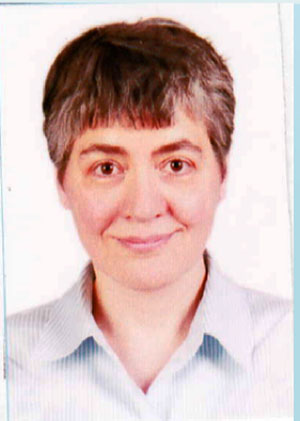USTC Astronomy Colloquium Series: 2019 Spring
Something about red supergiants in the Galaxy
Maria Messineo 教授
中国科学技术大学天文学系
2019/6/11, 4:00pm , the 19th-floor Observatory Hall

Massive stars are key ingredients of spiral galaxies; they trace the spiral arms, and chemically enrich the interstellar medium by losing mass at high rates and exploding as supernovae. I would like to present some thoughtful thinking about detections and distribution of massive stars, and in particular of red supergiants (RSGs) in the Milky Way. RSGs are the brightest stars in the Disk seen at infrared wavelengths, being young and cold objects with typical luminosity above 10,000 that of our Sun. Due to our position on the Disk, dust obscuration, and poor distances, their detections are difficult and their census highly incomplete, with about five hundred RSGs currently reported in the literature. Multi-wavelength photometric data of the Galactic plane (e.g. from 2MASS, MSX, WISE, MIPSGAL, GLIMPSE) allow us to individually select bright late-type stars, while Gaia provides their parallaxes. We have prepared an infrared catalog about 900 Class I stars with spectral types available from the catalog of Skiff (2016), and with goodquality parallaxes from Gaia DR2. A fraction of 60% of those stars are brighter that the tip of red giant stars, and average magnitudes per spectral types were derived. On a very large scale, such Galactic massive stars are useful as calibrators of resolved stars that future telescopes will observe in far distant spiral galaxies.
Maria Messineo has extensively worked on Galactic stellar populations, with a major focus on Galactic structure and evolution. She started her astronomical activity with a master on globular clusters from the University of Bologna. During the Ph.D., at the University of Leiden, she analyzed a sample of SiO masing AGB stars. From 2004, at ESO, RIT, ESA, and MPIfR, she has carried studies of Galactic massive stars with near-infrared spectroscopic and photometric observations. Since 2015 she is working as aresearch contractor at USTC.
 邮编:230026 ,
邮编:230026 ,  联系电话: 0551-63601861
联系电话: 0551-63601861 Email:
Email: